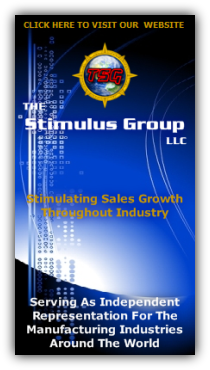


Chiropractic Terminology | T
Technique: There are more than one hundred chiropractic techniques. A technique is a specific procedure, method, device, maneuver or any combination of the above that a chiropractor uses to correct spinal problems.
Tendon: Tendons or sinews, attach muscle to bone. The composition of tendons is much like gelatin, but harder and not as elastic. Tendons grow into the bone and form a tough mineralized connection. This connection creates a permanent bond that is extremely tough to break. Despite their incredible strength, tendons can be damaged if overstrained or improperly cared for.
Tennis Elbow: Tennis elbow, or lateral epicondylitis, is a painful condition that affects the outside or lateral side of the elbow and can cause pain even when gripping or carrying a very light object like a coffee cup. It is usually caused by the overuse of the wrist extensor muscles, which leads to the inflammation of the tendon attachment.
Therapy: Additional modalities or methods used to assist in the relief of pain, rehabilitation and restoration of normal body functions. Modalities used may include hot or cold therapies, ultrasound, muscle stimulation or massage.
Therapeutic Massage: This is the kneading of superficial and deeper layers of muscle and connective tissue which excelerates the healing process and promotes relaxation and well-being. Therapeutic massage can improve mobility, reduce spasms and tension and decrease pain.
Thermography: Thermography devices portray heat emission from body surfaces as images that the practitioner interprets. The images may be in color or in black and white, and may be accompanied by displays of various calculations. Each color or shade represents a specific temperature level.
Third-Party Payer: Any group or organization that pays for all or a portion of your health care services on your behalf, such as an insurance company, HMO, PPO or the government.
Thoracalgia: Pain in the thoracic spine. Pain present in the middle and upper back.
Thoracic Spine: This is the area in the upper middle of the spine that contains twelve vertebrae known as the thoracic vertebrae. The size of the vertebrae increases down the back, with the lower thoracic spine being wider than the upper thoracic spine. This area of the spine performs a number of important functions in the body. The thoracic spine provides points of articulation for the ribs. The thoracic spine, ribs and sternum create a solid cage that protects the contents of the chest.
Thoracic Vertebrae: The middle twelve vertebral bones of the spinal column that reside between the cervical and the lumbar spinal regions.
Thyroid Hormone: Hormones released by the thyroid gland that regulate metabolism and help many other biochemical processes in the body.
Tolerance: A decrease in the response to a drug or substance due to previous exposure.
Traction: The act of drawing or exerting a long axis pulling force. Decompression is the goal any traction modality.
Tranquilizer: These drugs are used to treat anxiety or problems with sleep. They have a calming effect by depressing the nervous system in a way similar to alcohol. Tranquilizers are among the most commonly prescribed psychiatric medications. The FDA estimates that over 60 million people receive prescriptions for tranquilizers every year.
Transverse Process: This is a bony structure that protrudes from each side of the vertebrae. There are two transverse processes connected to each vertebrae of the spine. These processes are responsible for attaching muscles and ligaments to the spinal column serving as levers for movement and stability.
Treatment: Usually associated with a treatment plan or frequency. Treatment consists of the performance of the chiropractic adjustment and may include the use of additional physiologic therapeutics.
Trigger Point: An involuntarily tight band of localized muscle that is painful when pressed. Trigger points can cause referred pain to other parts and areas of the body.
Trigger Point Therapy: This is a type of massage therapy that addresses stabbing muscle pains which can occur at various points in the body. Trigger point therapy is related to myofascial release. Trigger point therapy often has positive benefits for sufferers from chronic pain, because the therapy aims to eliminate painful areas, rather than treating surface tension or inflammation. This therapy is performed by applying pressure to tender trigger points in the muscles to relieve pain and tension.







POSTED PROVISIONS


PARENT COMPANY
EVERYBODIES DIRECTORIES™
FAX NO: 1-314-480-7068

TOLL FREE: 1-866-515-9991
COPYRIGHT 2006 - 2012 EVERYBODIESCHIROPRACTOR.COM©. ALL RIGHTS RESERVED.









































































